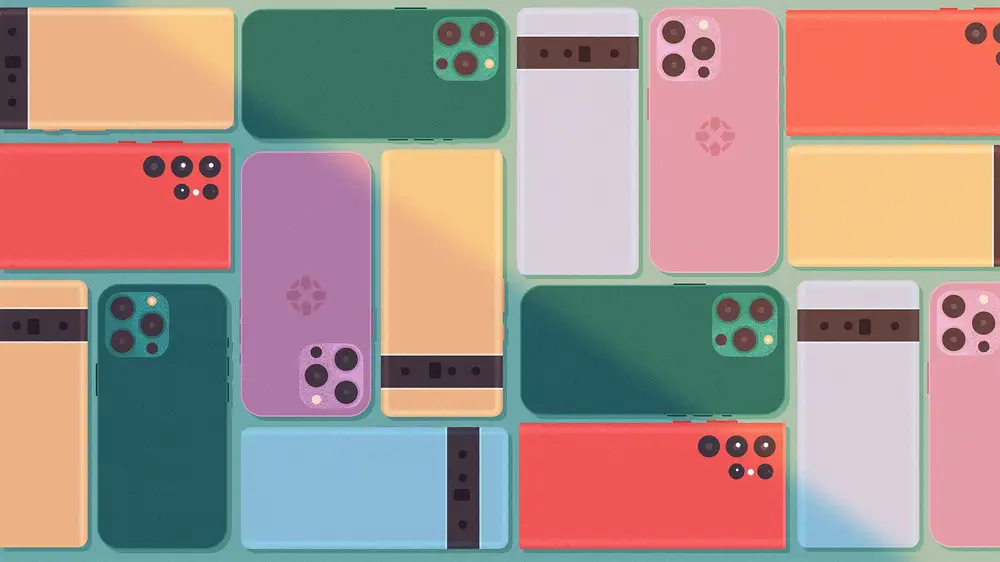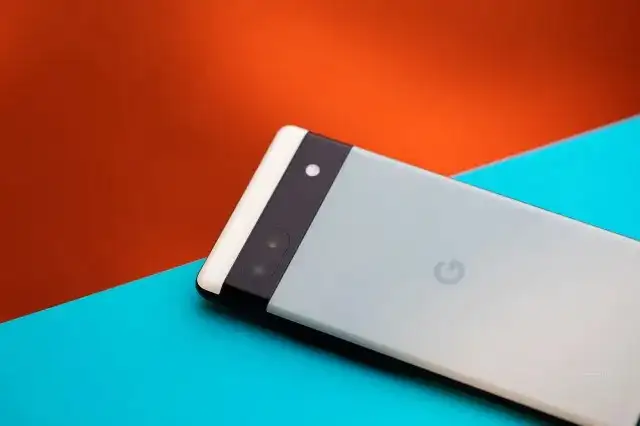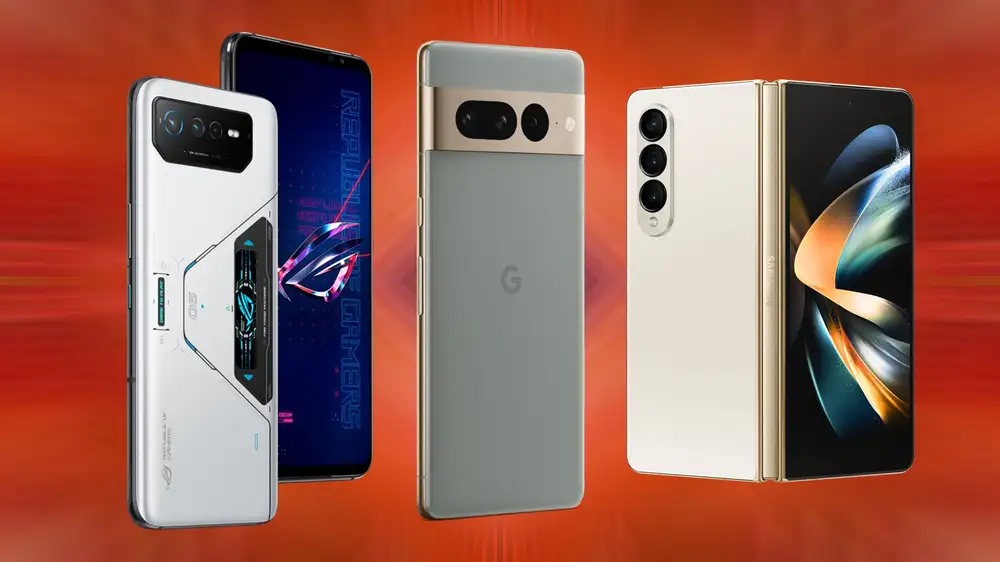Smartphones aren’t exactly the most exciting gadgets to splash out on. Glass rectangles that most people use to message their friends, watch YouTube videos, scroll social media, and snap photos – they might be essential for day-to-day living, but cost a pretty penny if you want the latest and greatest. That’s why we’ve picked out the best smartphones to buy by seriously weighing the value against price.
Of course, what everyone finds valuable is different. Some people will want excellent photo quality from their phone. Others will want to get extreme performance for gaming on the go. If you watch a lot of TV and movies on your phone, it’s natural to look for a phone with a stunning display. Fortunately, we’ve tested phones that cover all the bases.
Here, you’ll find phones that let you do a bit of everything, from the best Android phones and iPhone alternatives to the latest and greatest from Apple. Some may prioritize certain aspects over others, but you won’t find a phone that’s practical garbage or one that makes too many sacrifices just to hit a low price. You also won’t be looking at just the newest phones. Every now and then, the advantage an older model has from price reductions makes it all the more valuable, helping it to undercut newer alternatives. So, keeping in mind what you want out of a phone, have a look at the best options across the market.
Contributions by Jacqueline Thomas, Callum Bains, and Danielle Abraham
Best Smartphone
Best Camera Phone
Best iPhone
Best Mid-Range Smartphone
Best Budget Smartphone
Best Gaming Smartphone
Best Foldable Phone
My review of the S25 Edge is on its way, but I can already tell you that the S25 Edge won’t be joining the ranks of the best phones on the market. While it is a surprisingly thin phone, I wouldn’t go so far as to call it impressively thin. Phones have been this thin in the past, and I think there’s a reason they’ve gotten thicker over the years. The S25 Edge makes sacrifices to get that thin. It has a smaller battery than comparable phones. It may offer the speedy Snapdragon 8 Elite chipset powering other great phones, but it quickly runs into thermal throttling when trying to take full advantage of that chip. And the S25 Edge only gets two rear-facing cameras when it’s priced like a phone that should have three or four quality cameras to offer. All of those trade-offs to shave a couple millimeters from the device just don’t work out in this phone’s favor.
We’re just a few days away from finding out more about Samsung’s latest foldable smartphones. Samsung has scheduled its next Galaxy Unpacked event for July 9, and it is expected to show off the next generation of the Galaxy Z Fold and Galaxy Z Flip smartphones: the Z Fold 7 and Z Flip 7, for those who are counting. Per PCMag’s reporting, Samsung has teased the event with the statements: “Meet the Next Chapter of Ultra,” “The newest Galaxy Z series is the thinnest, lightest and most advanced foldable yet,” and “Your Smartphone Camera Now Gets What You’re Looking At — and Responds,” giving some hints at the kind of improvements we can expect to see from the new phones.
Even though the Z Fold series has sat at the top of Samsung’s stack in terms of price, it has still lagged behind devices like the Galaxy S25 Ultra where durability and cameras were concerned. Perhaps this new generation will help level out the capabilities a bit more. The new phones should be thinner and more durable, with Samsung leaving little doubt about that. Trimming some of the thickness of the foldable should make them even more pocket friendly, as prior models could be a bit thick when folded up. Samsung has already shown it knows how to trim a phone down, as it showcased with the Galaxy S25 Edge. Finally, we can expect even more AI integration, with Samsung seeming to just hype an AI camera feature that just sounds like Google’s Gemini Live.
The mobile phone industry relies on upselling. It tells consumers time and again their phone needs replacing with the flashiest new release, or that their standard model pales in comparison to the Pro, Max, or whatever other upgraded version has just hit shelves. To an extent, this is true. Those pricier versions always bring a clutch of useful new features. But for many people, those features will go unused.
I picked out the smartphones at a variety of budgets that offer the best value for money. Unless you’re a wannabe influencer, hobbyist photographer, or enthusiastic gamer, you probably don’t need all the snazziest features that are being sold your way, and can find a more suitable pick from the selection here. Additionally, I also opted for phones that are durable and hard-wearing, and guaranteed to receive ongoing software support from their manufacturers, extending their lifespan. You can also learn more about how we test phones here.
Is Samsung better than Apple for smartphones?
Not necessarily. Both Samsung and Apple have earned a reputation for producing high-quality, feature-rich premium phones that leave more than a dent in your wallet. Both the and Samsung Galaxy S25 Ultra are fast, sleek, sport excellent cameras that are capable of capturing crisp images in both high and low light, and are guaranteed software updates for years to come. More important is how familiar you are with their different operating systems: Android versus iOS.
Are iPhones better than Android phones?
For all the effort that Apple has put into cultivating a popular perception of itself as an unrivaled premium brand, modern iPhones are strikingly similar to premium Android alternatives. Any obvious lead that Apple once possessed has now all but diminished. Android and iOS operate similarly, are designed to fulfill almost identical functions, and are updated to new versions yearly. More important than which one you should pick is which you’re currently familiar with. iPhones sync with other Apple products more easily, while Android phones pair better with Windows devices.
Which Android phone is the best value for money?
The Google Pixel 8 is a superb phone for its price. It may be a little older, but it has potent performance, an elegant design, and gets one thing that most budget-friendly devices don't: long-term software support. At $500, it'll be really hard to do better. And going lower than this, you'll end up giving up a lot.

 Google’s fix for Pixel 6A battery overheating issues arrives next week
Google’s fix for Pixel 6A battery overheating issues arrives next week